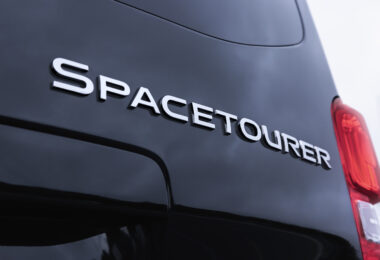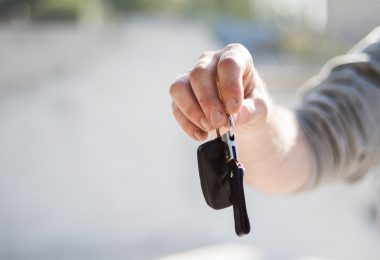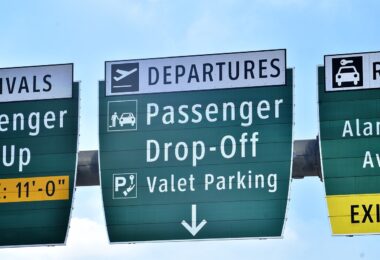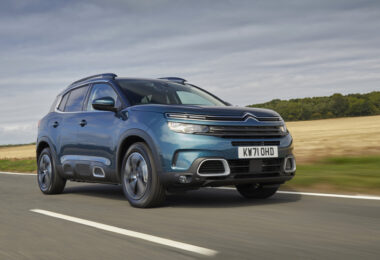When the government announced last year that it was changing the law to reduce tax administration costs and practical burdens associated with road tax in 2014, many applauded. Yet the many issues that the DVLA have experienced in their initial attempts to implement these changes has brought widespread criticism.
The DVLA recently introduced new tax conditions that spelled the end for the use of paper tax discs, which are set to be outmoded by an electronic database acting as proof that a person has paid their road tax. Yet, not only were there issues with the DVLA crashing, but it was generally felt that people were not made adequately aware of the situation.
What changes?
The main changes refer to the tax discs. The iconic paper discs that were previously a legal requirement to display are now no longer required, however this wasn’t the only change in the new system.
Under the new road tax system, someone buying a used car will no longer be able to benefit from any unused period of paid road tax, meaning that buyers will need to renew the tax immediately, and sellers are not allowed a refund for the unused part of the month. If a car is sold mid-way through the month for example, the road tax on that car will have been paid twice.
Essentially, this confusion has left many people unsure whether they need to tax their car, or even if it is legal for them to do so. The DVLA have dismissed the notion that they will be making any extra revenue from the change to the law.
With the changes in emission and vehicle tax laws, several cars are now free to tax, which would obviously avoid the concerns around double payment. New technology has also allowed second-hand car websites to allow customers to refine their search to show only those cars which are free to tax.
Issues with the system
There are plenty of benefits to the new DVLA process. Indeed, from 1 November 2014, motorists have been able to make payments by direct debit, as well as being able to spread the payments in monthly or bi-annual instalments. However, there have also been major administrative issues with the system, where the capacity of the website was exceeded, and many people were unable to tax their cars for the first of the month; being left unsure if their cars were road legal.
Much of the problem lies in the huge demand for the service; the DVLA website was not equipped with enough bandwidth to ensure that everybody could get on to the website to register for the new system. They were simply ill-prepared for the 300,000 motorists that attempted to access their site during that period.
With so many road users, it’s essential that these administrative tasks can run smoothly and for the DVLA to stumble at the first hurdle, definitely raises more questions than answers about the new system.
Money matters
Although the average cost to run a car in the UK is currently £3,500 per year, these recent changes by the DVLA have actually presented a rare opportunity to save money. As mentioned, the other major change from the DVLA involves a new way to make your payments. As opposed to the previous method of having to buy your tax in either 6 or 12 month blocks, you now have the option to pay for it monthly using direct debit and this can mean saving a few quid!
Saving and Surcharges
Whilst many drivers choose to manage their tax costs by paying over six months, this actually ends up costing you 10% more a year – by virtue of a surcharge. If you switch to paying monthly by direct debit, this charge is halved and in total, drivers on the six month scale could save almost £80 million a year. Drivers who pay for their tax using a credit card are also charged an additional £2.50 surcharge and if they don’t manage to pay off the tax in full each month, sky-rocketing interest rates mean they may never pay off the final bill!
Bottom line, if you pay annually you have no need to worry about pesky surcharges, but if you currently pay for six months’ worth of tax at a time, it’s well worth considering the monthly debit option. Not only does it let you spread out the costs – making them a lot easier to manage – but you also cut the 10% surcharge in half.
One note of caution, remember that if you do pay by direct debit, the payments will be coming out of your bank account every month and so if you ever decide to change your car or suddenly take up cycling, you will need to tell the DVLA or they might continue taking the direct debit from your account.
The DVLA certainly haven’t covered themselves in glory whilst implementing their new system and there are clearly still major admin issues to be rectified, but for a small portion of drivers, these changes could mean saving a few pennies on their car tax – and every little counts!


![[Image - Viktor Hanacek]](https://www.fqmagazine.co.uk/wp-content/uploads/2014/11/7ae73efe4c50580e061849ef2d5b5ea4.jpg)





